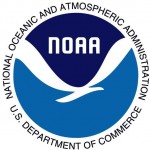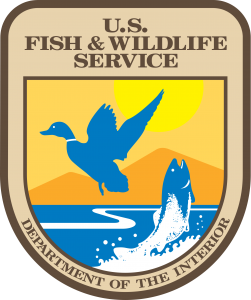Coastal observation And Seabird Survey Team (COASST)
The Coastal observation And Seabird Survey Team (COASST) is a citizen-science program established to identify the carcasses of marine birds found on beaches along the coast of the Pacific Northwest. COASST is a project of the University of Washington in partnership with state, tribal and federal agencies, environmental organizations, and community groups along the coasts of Oregon, Washington and Alaska. COASST believes citizens of coastal communities are essential scientific partners in monitoring marine ecosystem health. By collaborating with citizens, natural resource management agencies and environmental organizations, COASST works to translate long-term monitoring into effective marine conservation solutions.Specifically, trained COASST volunteers conduct surveys for beached birds on the same stretch of coastline each month. Each bird carcass is measured, identified, photographed, marked, and left in place for potential re-find on subsequent surveys. Beach morphology, visitors use and presence or absence oil is also recorded. COASST data have created a baseline, or the 'normal' pattern, for beached bird mortality. Armed with this information, we can detect unusual events such as increased mortality due to low food availability, weather, harmful algal blooms, oil spills, or other factors. Perhaps most importantly, COASST data can be used to identify long-term changes in the status of our resident marine bird populations.
Project URL: https://depts.washington.edu/coasst/
Geographic Scope: Regional
Project Status: Active
Participation Tasks: Classification or tagging, Identification, Measurement, Observation, Photography, Problem solving,
Start Date: anytime, ongoing
Project Contact: info@coasst.org
Federal Government Sponsor:



Other Federal Government Sponsor: NOAA Olympic Coast National Marine Sanctuary
Fields of Science: Animals, Biology, Birds, Ecology and environment, Nature and outdoors
Intended Outcomes: Research development, Conservation,

